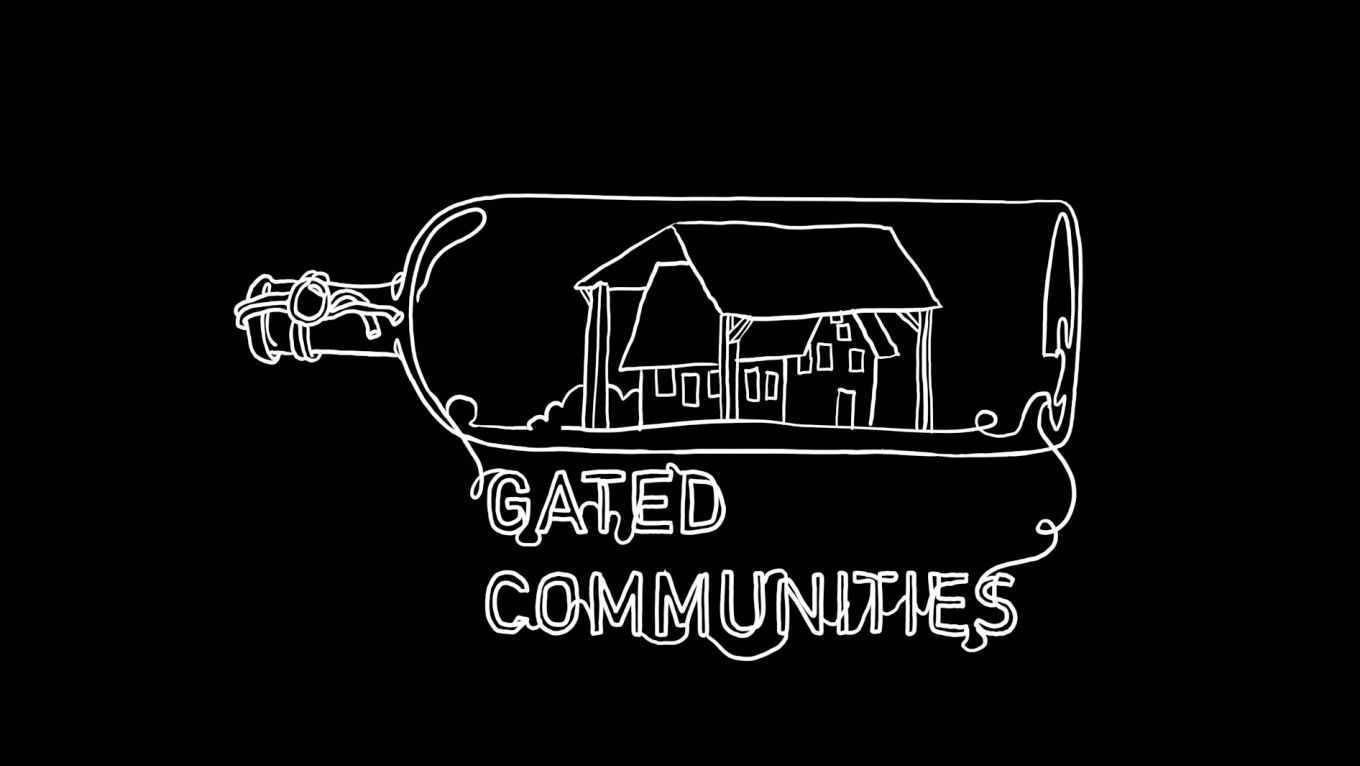Hardware & Making
Vehicle2Vehicle Communication based on IEEE 802.11p
This talk is about Vehicle2Vehicle (V2V) communication in Europe and in the U.S. Next to the introduction of some requirements for V2V communication, the basic approaches of V2V communication based on IEEE 802.11p are presented. This includes an introduction to communication stack, concepts of message dissemination, message contents, privacy & security issues and an outlook to further developments.
(The email address has an error. It should en with "de" not with "com")
Modern vehicles have several advanced driver assistant systems (ADASs). This is the beginning of the full automation of the driving task. Vehicle manufacturers already showed first fully automated prototypes but a lot of challenges have to be addressed until such systems will be commercially available. One challenge is to provide the necessary information for the self-driving vehicle to make the right driving decisions. V2V communication is one possible technology to provide this information. The proposed talk is an introduction to the state of the art of V2V communication based on IEEE 802.11p.
This talk is a technical introduction to Vehicle2Vehicle communication. It will introduce the basic concepts of V2V technology and provides references to documents of the standardization. The talk will consist of the following parts:
Motivation:
The talk starts by describing the scope and possible applications of V2V communication focusing on the use-case of the “Electronic Emergency Break Light”. What is more, V2V communication will be compared to traditional on-board sensors like Lidar or Radar.
Basic concepts:
The state of the art concepts of V2V communication based on IEEE 802.11p and its differences compared to consumer WiFi will be discussed in this section. Furthermore, the existing concepts and standards developed in both Europe and the U.S. will be compared, with a special focus on the differences between the two approaches. In summary, the following questions will be addressed:
• What are the approaches for V2V communication in Europe and the U.S.?
• How is communication realized for V2V?
• Which standardization approaches exist and where can they be found?
• What are the most important disseminated information and messages?
• How are these messages formatted? (header structure)
• What are the differences between the V2V communication concepts in the U.S and Europe ?
• Which technical challenges have to be solved?
Privacy and Security:
As V2V communication will be used to broadcast the vehicle’s position and dynamic state, the privacy of the driver has to be protected. The talk will introduce the pursued concepts for privacy protection, whilst ensuring that only authorized entities are able participate in the communication. Due to the complexity of the topic, this section will focus on the concepts and the standards found in Europe.
Perspective:
Eventually, the talk will address future work within the field of V2V communication, such as novel ADASs and privacy concepts.
Remarks: The talk is only about the state of the art of V2V technology, its standardization and its further development.
Weitere Infos
| Format | lecture |
|---|---|
| Sprache | Englisch |
Weitere Sessions
| 27.12.15 |
News about the rad1o half a year later – cool stuff that happened, and why you need an SDR.
|
| 27.12.15 |
Yosys (Yosys Open Synthesis Suite) is an Open Source Verilog synthesis and verification tool. Project IceStorm aims at reverse engineering and documenting the bit-stream format of Lattice iCE40 FPGAs and providing simple tools for analyzing and creating bit-stream files, including a tool that converts iCE40 bit-stream files into behavioral Verilog. Currently the bitstream format for iCE40 HX1K and HX8K is fully documented and supported by the tools. Arachne-PNR is an Open Source place&route tool ...
|
| 27.12.15 |
The Amiga was one of the most powerful and wide srpead computers in the late 80's. This talk explains its hardware design and programming.
|
| 27.12.15 |
CubeSat are small standardized satellites typically flown as secondary and containerized payloads piggybacking on the launches of larger satellites. Their low entrance cost have been a revolution in opening access to space for a broad range of institutions. In this talk the basics of CubeSat standards, technology and development are going to be presented. The goal is to proliferate the knowledge of what it takes to successfully build, launch and operate a CubeSat within and beyond the hacker ...
|
| 27.12.15 |
In this talk Matthew Borgatti, Lead Scientist at Super-Releaser, will take you through the process of turning a puddle of goo into a working soft robot. He will take you through the different mechanisms that can be created, simple processes for fabricating soft robots, and methods for joining elements together into sophisticated assemblies.
|
| 28.12.15 |
There are two lines of research in the world about decreasing poverty in low-income communities: (1) to create solutions and share them with people living in low-income areas or (2) build the capacity of people from low-income areas to create their own solutions. Maker Spaces to BoP have showed great results to the strategy two. The lecture has the goal to expose all the experience we have learnt in the last three years to project, implement and manage a Maker Space in a favela in São Paulo - ...
|
| 28.12.15 |
This talk is a brief recap into EEG / BCI for hackers, makers, researchers, and artists. It will give an overview of current consumer devices and their flaws, and subquently present fully open-source, high-quality hardware and software. Finally implications for the future of modern society are outlined, especially how commercial EEG consumer devices or services may be exploited by corporations to cloudsource market research, or spy on health conditions, brain states or even leak private ...
|

